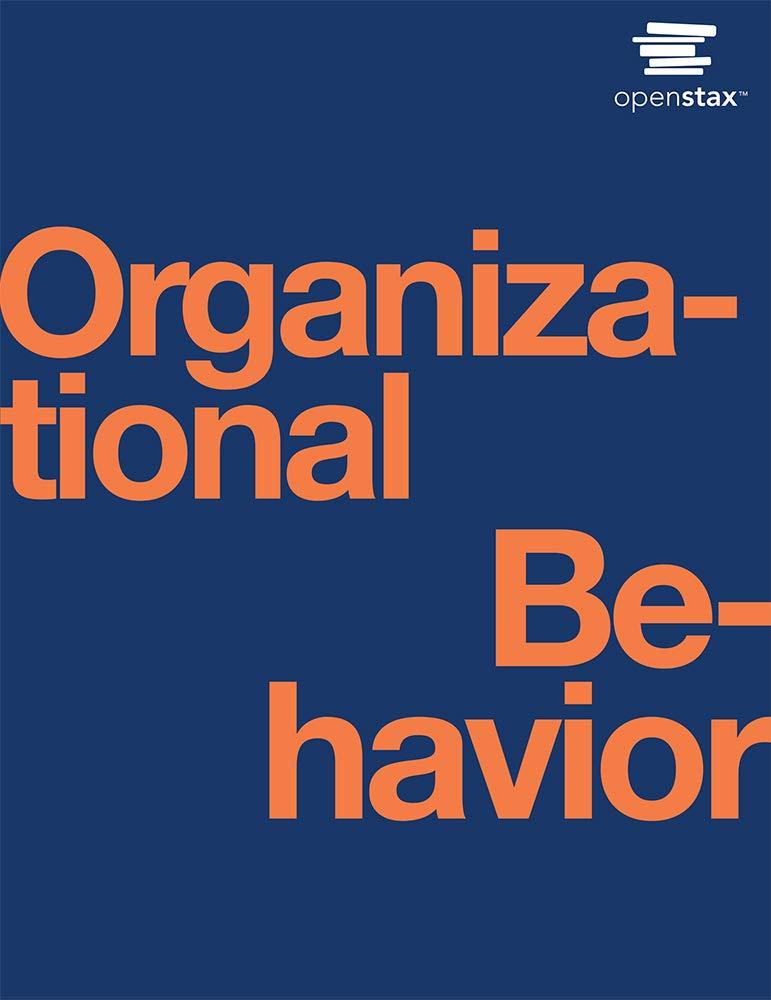When Satya Nadella became the CEO of Microsoft in 2014, he set in motion a major transformation
Question:
When Satya Nadella became the CEO of Microsoft in 2014, he set in motion a major transformation of the organization’s culture. He wanted it to shift from a culture that valued “know-it-alls” to one that values “learn-it-all.” Instead of employees feeling the need to prove that they were the smartest person in the room, he wanted them to become curious and effective listeners, learners, and communicators. Only through continual learning and collaboration with one another, and with customers, would Microsoft remain able to develop and provide great technology solutions.
One of Nadella’s first mandates as CEO was to ask all the members of the top management team to read the book Nonviolent Communication by Marshall Rosenberg. The primary focus of the book is on empathetic communication—a kinder, gentler approach than Microsoft employees were accustomed to.
Nadella believes that developing empathy leads to a heightened understanding of consumer needs and wants and an enhanced ability to develop better products and services through collaboration. Nadella has also embraced diversity and inclusion initiatives, though he readily acknowledges that there is more to be done. This is, in part, an extension of his focus on empathy. However, it’s also good business, because increasing the diversity of perspectives can help to drive innovation.
This cultural shift is reflected in Microsoft’s new mission statement: “To empower every person and every organization on the planet to achieve more.” Empowering every person includes Microsoft’s own employees. Achieving diversity is particularly a challenge in an industry that is male dominated, and Nadella admits that he has made mistakes based on his own biases. At a Women in Computing conference early in his tenure as CEO, Nadella suggested that women did not need to ask for raises when they deserved them; the system, he said, would work it out. He later admitted that he was wrong and used the mistake as a platform for making greater strides in this arena.
Senior management team meetings at Microsoft have apparently changed dramatically as a result of the culture change driven by Nadella. Previously, members felt the need to constantly prove that they knew all the right answers at team meetings. Nadella has established different norms; he seeks out honest opinions from team members and gives positive feedback on a regular basis. By moving the focus away from always being right and toward a focus of continual learning, the culture at Microsoft has become more collaborative, and employees are more willing to take risks to create something amazing. The culture shift seems to be paying off: Microsoft’s products are being described as “cool” and “exciting,” its cloud-computing platform is outperforming the competition, and its financial performance has improved dramatically. Transforming the culture of an organization is a massive undertaking, but Nadella’s leadership of Microsoft clearly shows that it’s a decision that can pay off.
Discussion Questions
1. Do you think a culture focused on learning makes sense for Microsoft? Why or why not?
2. What are the advantages of a culture that emphasizes empathetic communication? Can you think of any disadvantages?
3. The job of CEO means making big decisions that impact the entire organization—like deciding to change the culture. How do you think you prepare for that job?
Step by Step Answer:






